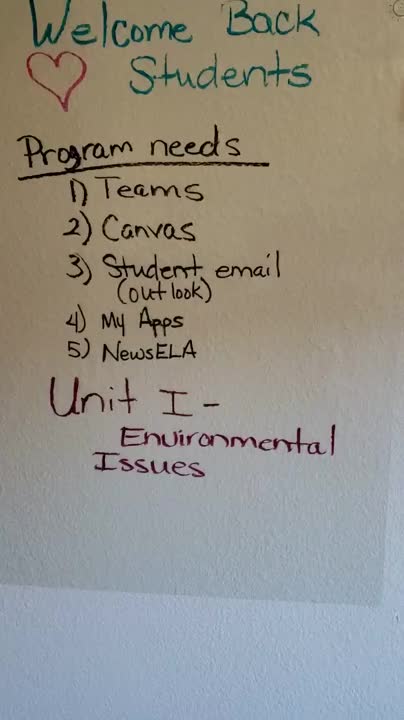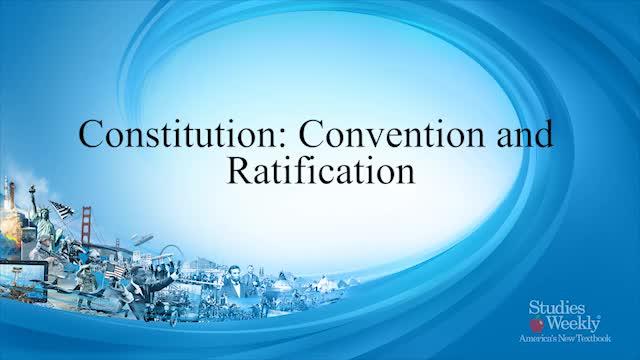Japanese-American Internment During WWII | History
All / Social Studies
for my World War II presentation for Social Studies
On December 7th, 1941, the Empire of Japan launch an attack on the U.S. naval base at Pearl Harbor. In the following months, hundreds of thousands of Japanese-Americans were rounded up and sent to internment camps under suspicion of disloyalty to the United States. But the feelings that paved the road to internment began long before the attack.
For more than eighty years, Asian immigrants were viewed as economic threats spurring various laws that effectively banned them from the country. For those that made it to America, the lingering resentment culminated after Pearl Harbor. Motivated by vocal outcries from politicians and military officials, FDR signed Executive Order 66, empowering the U.S. Army to designate areas from which any or all persons may be excluded. He later formed the War Relocation Authority to establish ten permanent camps housing nearly one hundred twenty thousand Japanese-Americans, mostly from the Western United States. Two-thirds of those interned were native-borne American citizens. With only six days to dispose of their possessions, residents were forced to sell their belongings and even their homes for small sums of money.
Internment camps were often situated in isolated deserts prone to harsh weather and surrounded by barbed wire and guard towers. Within the barracks, internees lived in small one-room apartments with little privacy and constant surveillance. They were only given a standard army cot, blankets, and a small heating stove. Despite these difficult living conditions, internees tried to establish a sense of community creating newspapers, schools, churches, and farms. Even in the face of persecution, young men came forth to join the military. Nearly thirty-three thousand Japanese-Americans served during World War II. Many of whom became highly decorated for their valor in battle. Yet as the war continued, public opinion worsened against Japanese-Americans. Only thirty-five percent of the country thought they should be allowed home once the war was over. This sentiment kept the camps open for over three years.
On December 17th, 1944, the government announced that Japanese-American evacuees could return to their homes. When they did return, they found their homes looted and possessions gone. With work almost impossible to come by, many fell homeless and destitute. At the time, the Federal Government offered no assistance for those attempting to rebuild their lives. It would take over forty years before President Ronal Reagan signed the Civil Liberties Act of 1988 paying reparations to each victim of internment.
?No payment can make up for those lost years. So, what is most important with this bill has less to do with property than with honor. For here we admit a wrong. Here we reaffirm our commitment as a nation to equal justice under the law.?
USS Enterprise has proven her steel at the Battle of Midway. But the Big E is about to face her greatest challenge yet. Invasion at a place called Guadalcanal.
For more than eighty years, Asian immigrants were viewed as economic threats spurring various laws that effectively banned them from the country. For those that made it to America, the lingering resentment culminated after Pearl Harbor. Motivated by vocal outcries from politicians and military officials, FDR signed Executive Order 66, empowering the U.S. Army to designate areas from which any or all persons may be excluded. He later formed the War Relocation Authority to establish ten permanent camps housing nearly one hundred twenty thousand Japanese-Americans, mostly from the Western United States. Two-thirds of those interned were native-borne American citizens. With only six days to dispose of their possessions, residents were forced to sell their belongings and even their homes for small sums of money.
Internment camps were often situated in isolated deserts prone to harsh weather and surrounded by barbed wire and guard towers. Within the barracks, internees lived in small one-room apartments with little privacy and constant surveillance. They were only given a standard army cot, blankets, and a small heating stove. Despite these difficult living conditions, internees tried to establish a sense of community creating newspapers, schools, churches, and farms. Even in the face of persecution, young men came forth to join the military. Nearly thirty-three thousand Japanese-Americans served during World War II. Many of whom became highly decorated for their valor in battle. Yet as the war continued, public opinion worsened against Japanese-Americans. Only thirty-five percent of the country thought they should be allowed home once the war was over. This sentiment kept the camps open for over three years.
On December 17th, 1944, the government announced that Japanese-American evacuees could return to their homes. When they did return, they found their homes looted and possessions gone. With work almost impossible to come by, many fell homeless and destitute. At the time, the Federal Government offered no assistance for those attempting to rebuild their lives. It would take over forty years before President Ronal Reagan signed the Civil Liberties Act of 1988 paying reparations to each victim of internment.
?No payment can make up for those lost years. So, what is most important with this bill has less to do with property than with honor. For here we admit a wrong. Here we reaffirm our commitment as a nation to equal justice under the law.?
USS Enterprise has proven her steel at the Battle of Midway. But the Big E is about to face her greatest challenge yet. Invasion at a place called Guadalcanal.



















